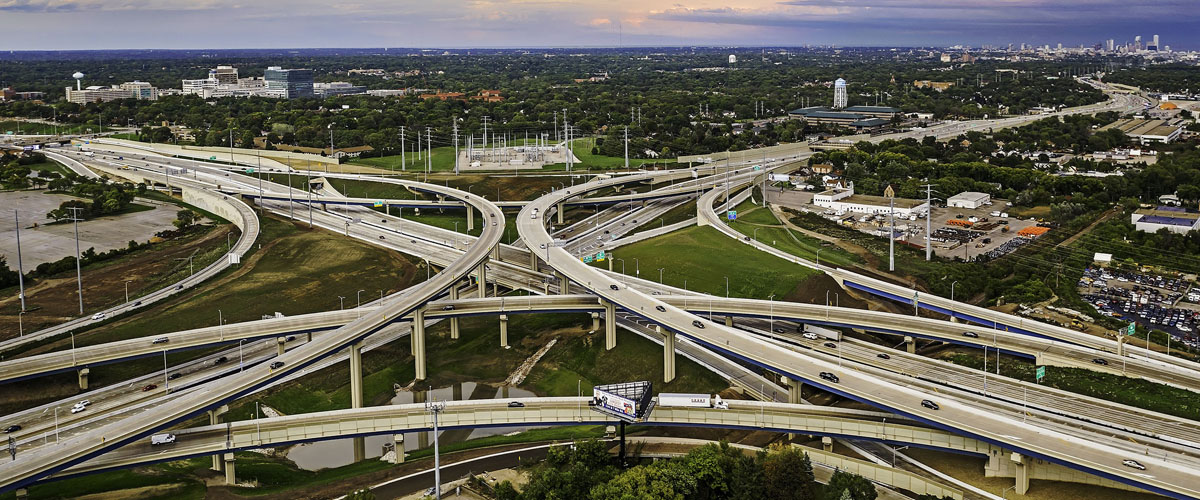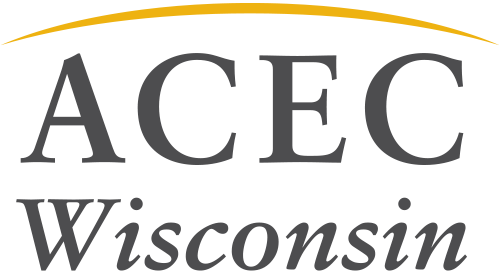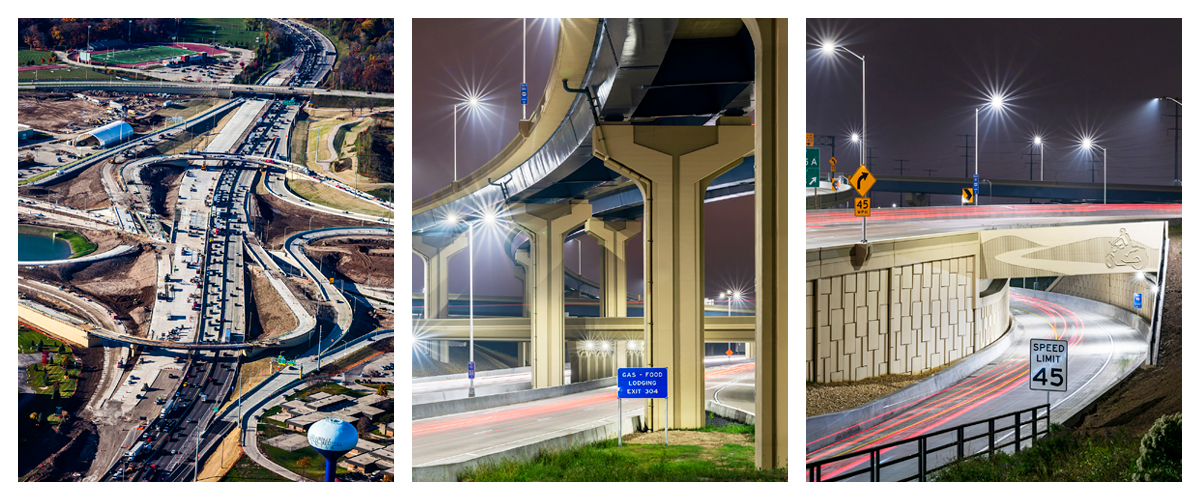Zoo Interchange Core and Adjacent Arterials Reconstruction
2019 Engineering Excellence Award | Grand Award
 Entering Firm: Forward 45
Entering Firm: Forward 45
Client: Wisconsin Department of Transportation
Category: Transportation
The Zoo Interchange is a key component of Milwaukee’s transportation network and is one of the busiest corridors in the state. The outdated design was dangerous and could not accommodate the 350,000 vehicles per day that travel on it.
Forward 45 first took stock of the incredibly complex nature of the project. The size of the project meant that coordination with stakeholders was a top priority. Staging construction on the actual interchange had to meet the needs of these adjacent landowners and businesses and these decisions flowed into the nearby road systems that feed into the interchange. The team implemented the state’s first Integrated Corridor Management System which operated all these different systems as one authority. This cut down on confusion and created better staging options for traffic during construction. Additionally, the system used modern technology to keep the public informed and to gauge the effectiveness of different staging options.
The new interchange design uses modern highway design to increase capacity and occupy a smaller footprint. This also decreased the crash rate and overall emissions from traffic delays. It was the first project in the United States to test orange pavement markings in construction zones for increased visibility. The team also devoted resources to community sensitive solutions by working with neighborhoods on aesthetics and creating an overhead walkway for pedestrian traffic near the Milwaukee Medical Complex.
Awards judge Mark Kruser said about the project, “This project was very complex. In the case of the project, it resulted in design intensive solutions necessary to successfully incorporate this project into the adjacent and varying urban contexts of the connecting arterials. The result is a highly functioning transportation interchange fulfilling a sense of pride in ownership for the community and the region for many years to come.”
The size and complexity of redesigning this interchange required exceptional engineering. The final design provides 63 bridges, three tunnels and miles of new roadway that meets the needs of the region for years to come.

